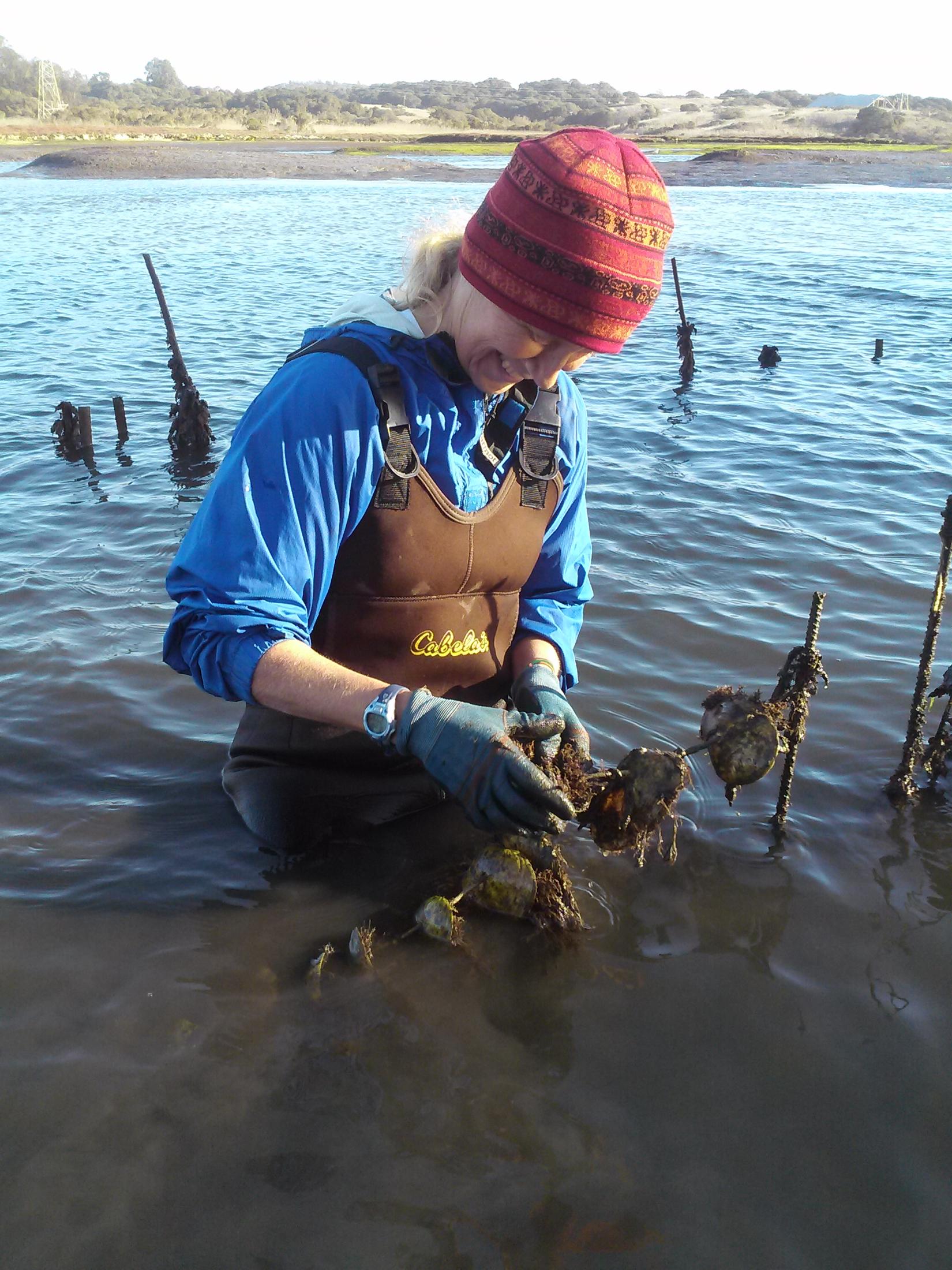
The Olympia oyster (Ostrea lurida) has declined at many estuaries in its native range along the Pacific coast from Baja California to British Columbia. In the past decade, efforts have begun to conserve, enhance or restore Olympia oyster populations. In a 2015 report, we reviewed field monitoring and laboratory experiments, conducted a literature review, and solicited expert opinions to determine how sensitive Olympia oysters are to a variety of potential stressors that can be found along the oyster’s range. We found that Olympia oysters are highly sensitive to sedimentation and freshwater inputs, and moderately sensitive to excessively cold water temperature, high air temperature, food limitation, predation, and hypoxia. In contrast, sensitivity to a variety of other environmental factors currently appears to be relatively low; these factors include high water temperature, contaminants, competition, acidification, sea level rise, pathogens and diseases.
Within the 28 West Coast embayments from which we obtained information, we found that sedimentation was by far the most commonly encountered stressor, affecting populations in 71% of the locations examined. Predation by snails (oyster drills) and by other species was the next most common, identified as significant at 43% of embayments. Competition, cold water temperatures, warm air temperatures, and freshwater inputs also frequently pose threats to oysters (at 25–39% of embayments). Other stressors appear to be less common across this broad range; hypoxia, food limitation, contaminants, disease, warm water temperatures and acidification were identified as important at fewer than 20% of embayments, although at these places they may play a significant role.
Details can be found in our report, available as a PDF, below. We used the information summarized in this report to create a do-it-yourself site selection tool, also available below, for oyster restoration projects.


